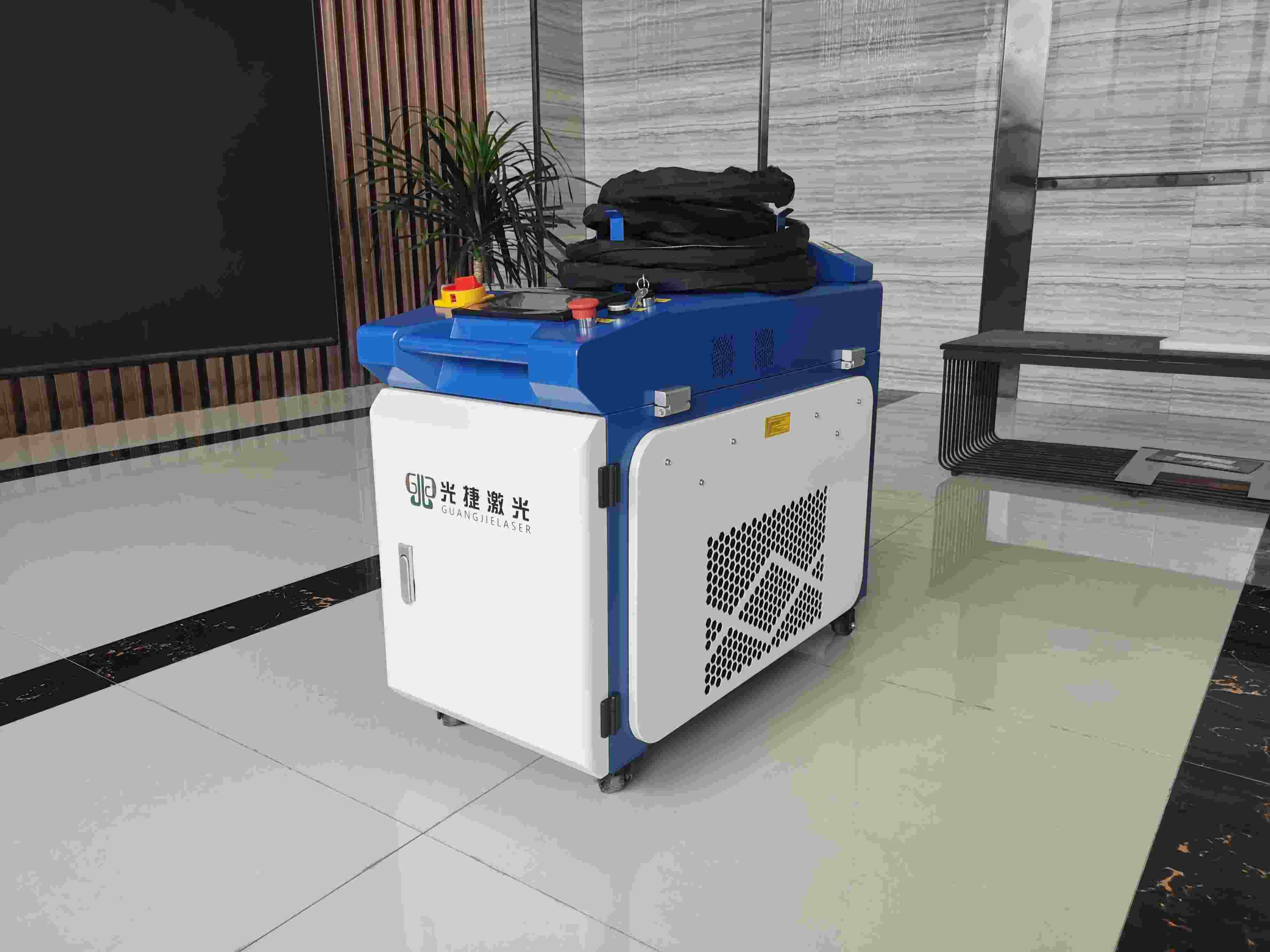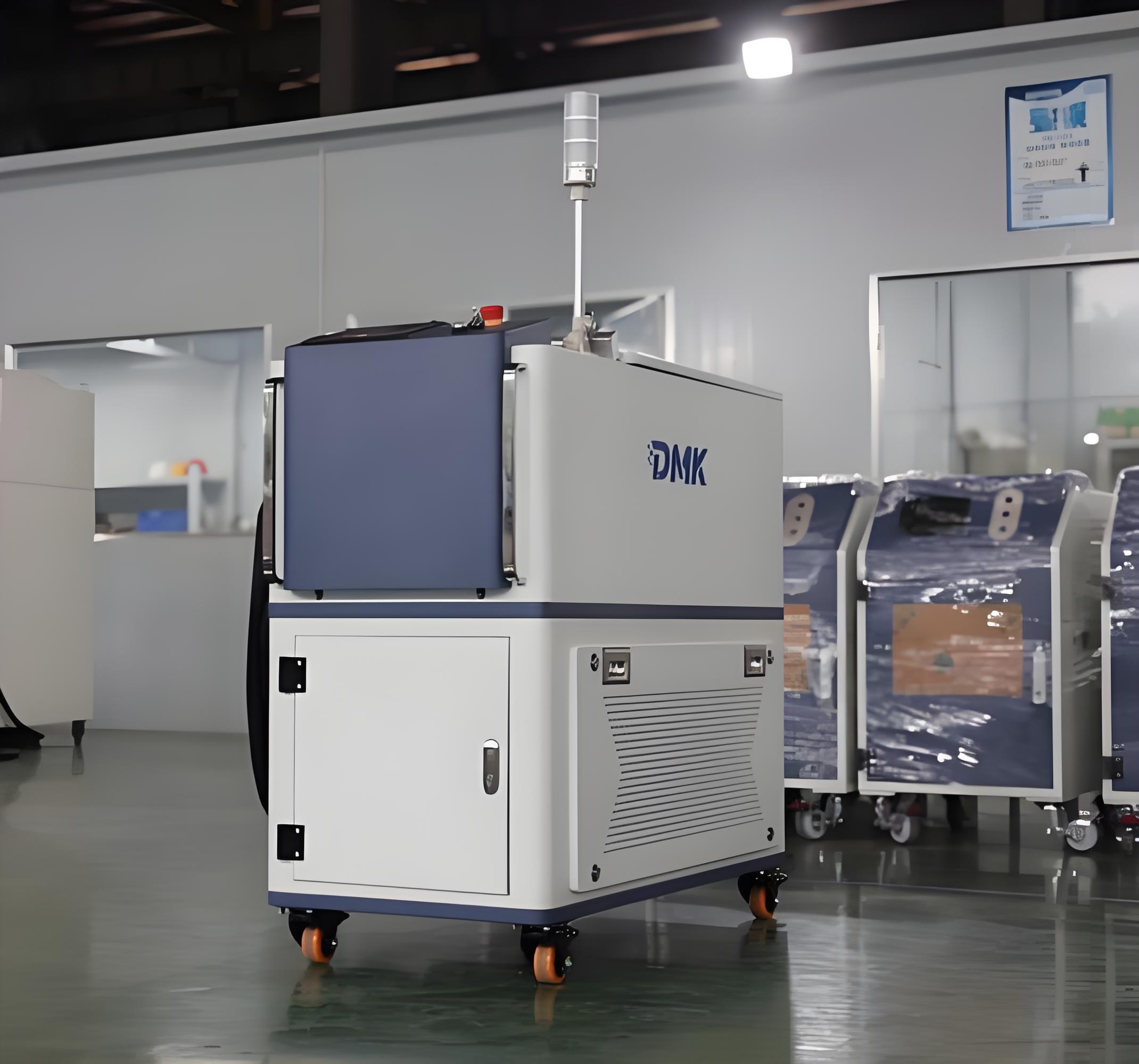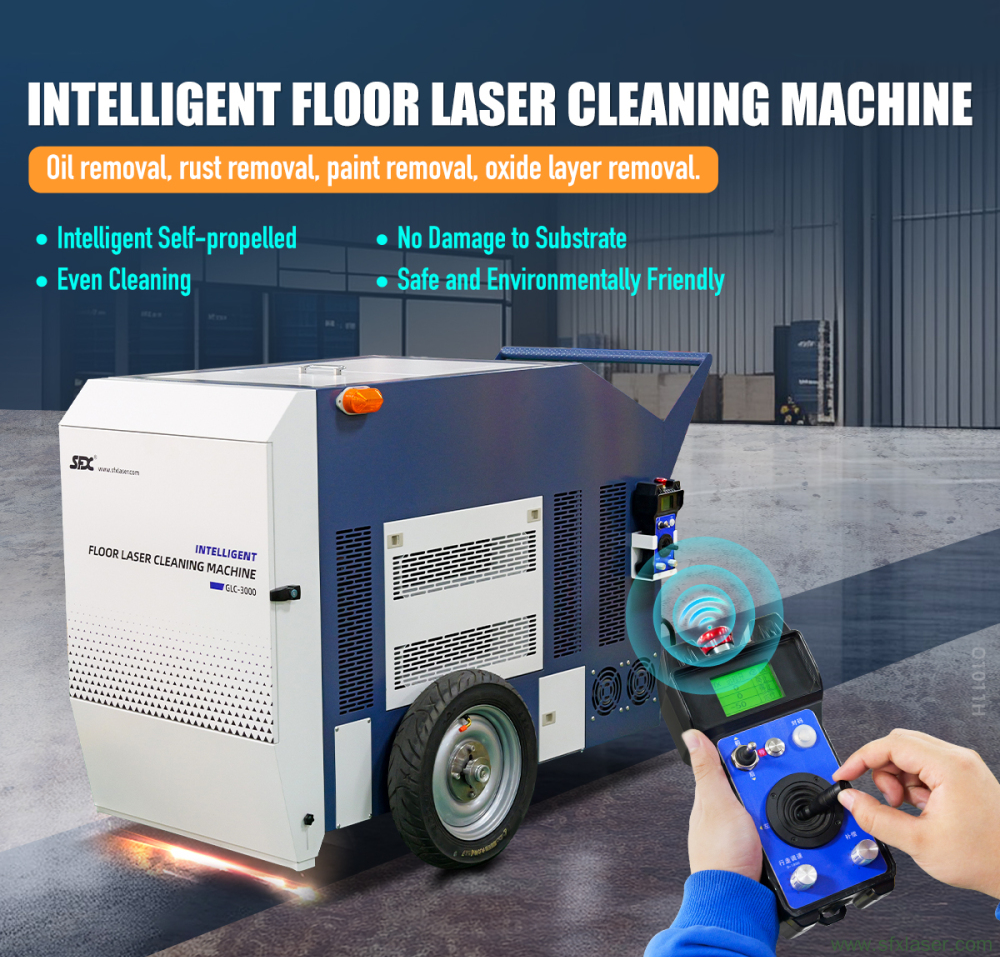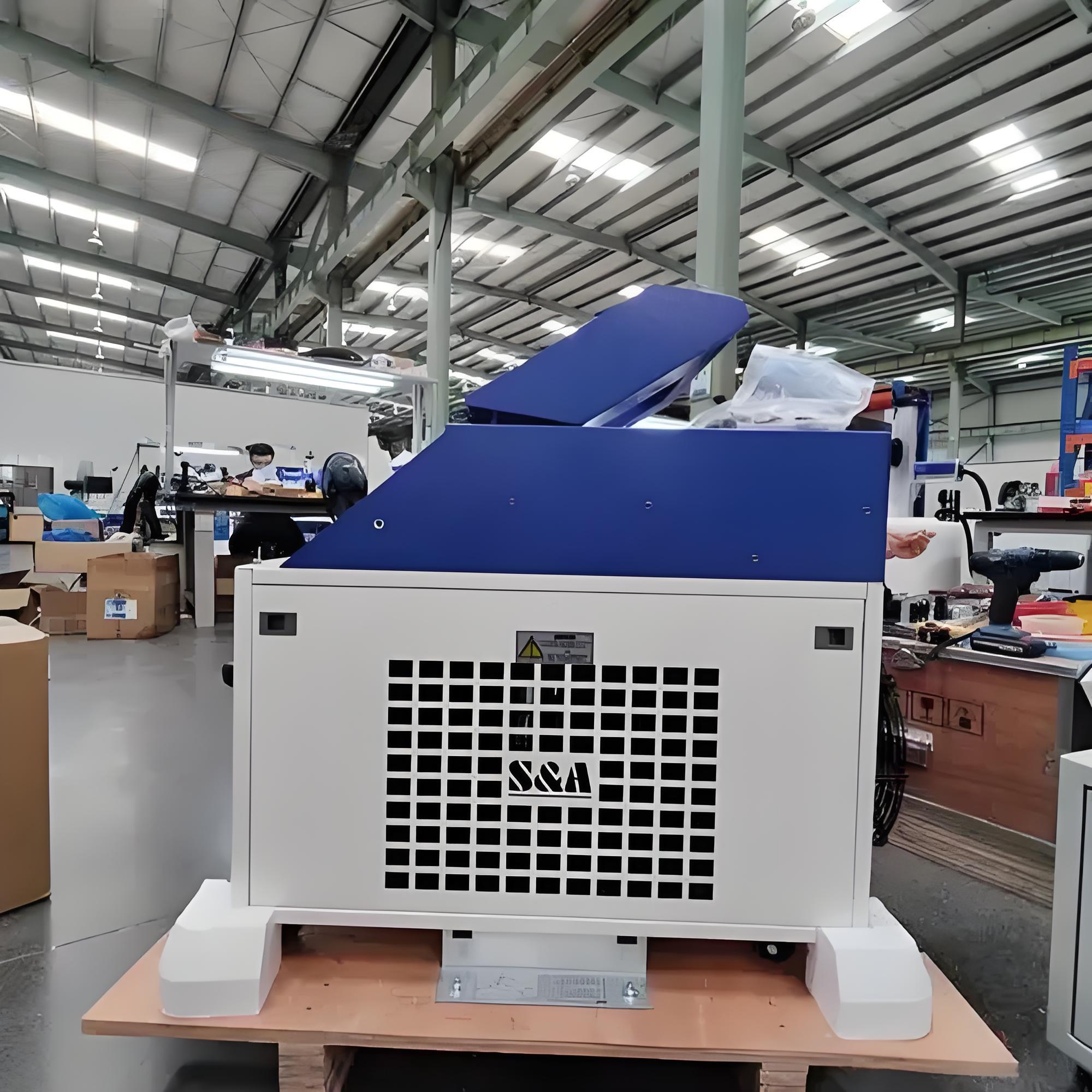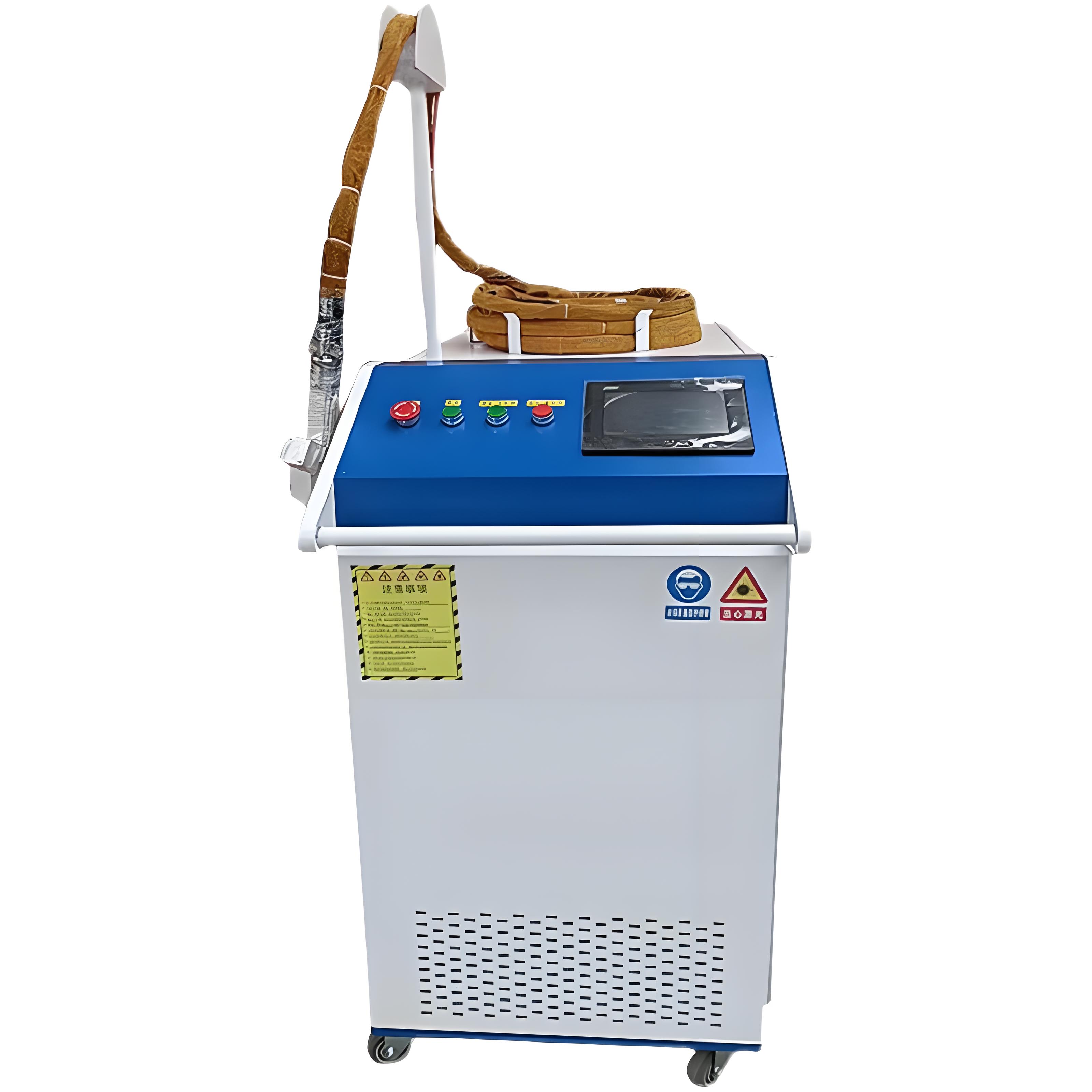Having spent nearly two decades in the industrial cleaning sector, I’ve had the chance to work with a wide range of equipment, from gritty sandblasters to cutting-edge laser rust removal machines. These laser systems, which zap away rust and grime with pinpoint precision, have become a favorite for their eco-friendly and efficient approach. But one question keeps popping up from clients in industries like automotive restoration, shipbuilding, and manufacturing: Do laser rust removal machines produce noise? As someone who’s operated these machines in bustling workshops and quiet restoration studios, I’ll dive into this topic with practical insights, real-world observations, and a touch of personal experience to help you understand what to expect and how to manage noise concerns.
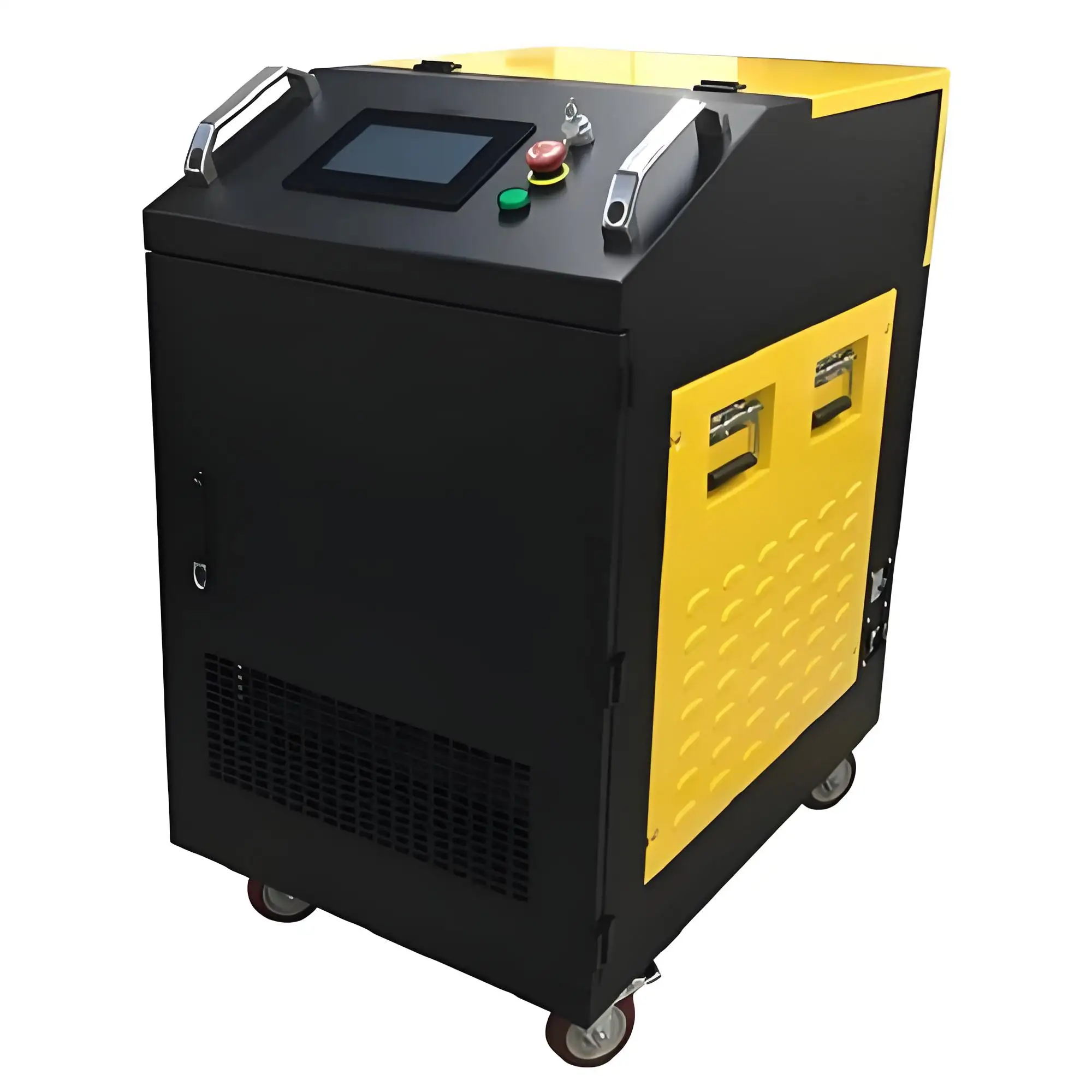
What Are Laser Rust Removal Machines?
To set the stage, let’s quickly cover how these machines work. Laser rust removal uses a high-energy laser beam—typically a fiber or pulsed laser—to vaporize rust, paint, or other surface contaminants from metal. The process is non-contact, generates minimal waste, and avoids the mess of traditional methods like abrasive blasting or chemical stripping. I’ve seen these machines transform rusted ship hulls, antique car frames, and industrial pipelines with remarkable precision.
But noise is a valid concern, especially in environments where worker comfort, safety, or nearby communities are priorities. To answer whether these machines are noisy, we need to look at their components, operation, and environmental factors. Let’s break it down step by step.
Do Laser Rust Removal Machines Produce Noise?
The short answer is: Yes, laser rust removal machines can produce some noise, but they are generally much quieter than traditional rust removal methods. Unlike sandblasters or angle grinders, which can hit 90-120 decibels (dB) and sound like a jackhammer, laser systems operate at significantly lower noise levels, often comparable to a conversation or a household appliance.
In my experience, the noise from these machines comes from three main sources:
Laser Operation: The laser itself is nearly silent, but the rapid pulsing of the beam as it ablates rust can create a faint popping or crackling sound, similar to snapping fingers.
Cooling Systems: Most laser rust removers use air or water cooling to manage heat buildup. Air-cooled units have fans that hum, while water-cooled systems may produce a low pump noise.
Environmental Interaction: The interaction of the laser with the surface can generate minor sounds, like sizzling or hissing, depending on the material and coating being removed.
To quantify this, I’ve measured noise levels on various machines during projects. A typical 100W handheld laser might produce 50-60 dB (like a normal conversation), while a 1000W industrial system with water cooling can reach 65-75 dB (similar to a vacuum cleaner). For context, OSHA considers prolonged exposure to 85 dB or higher hazardous without hearing protection. Most laser rust removers fall well below this threshold.
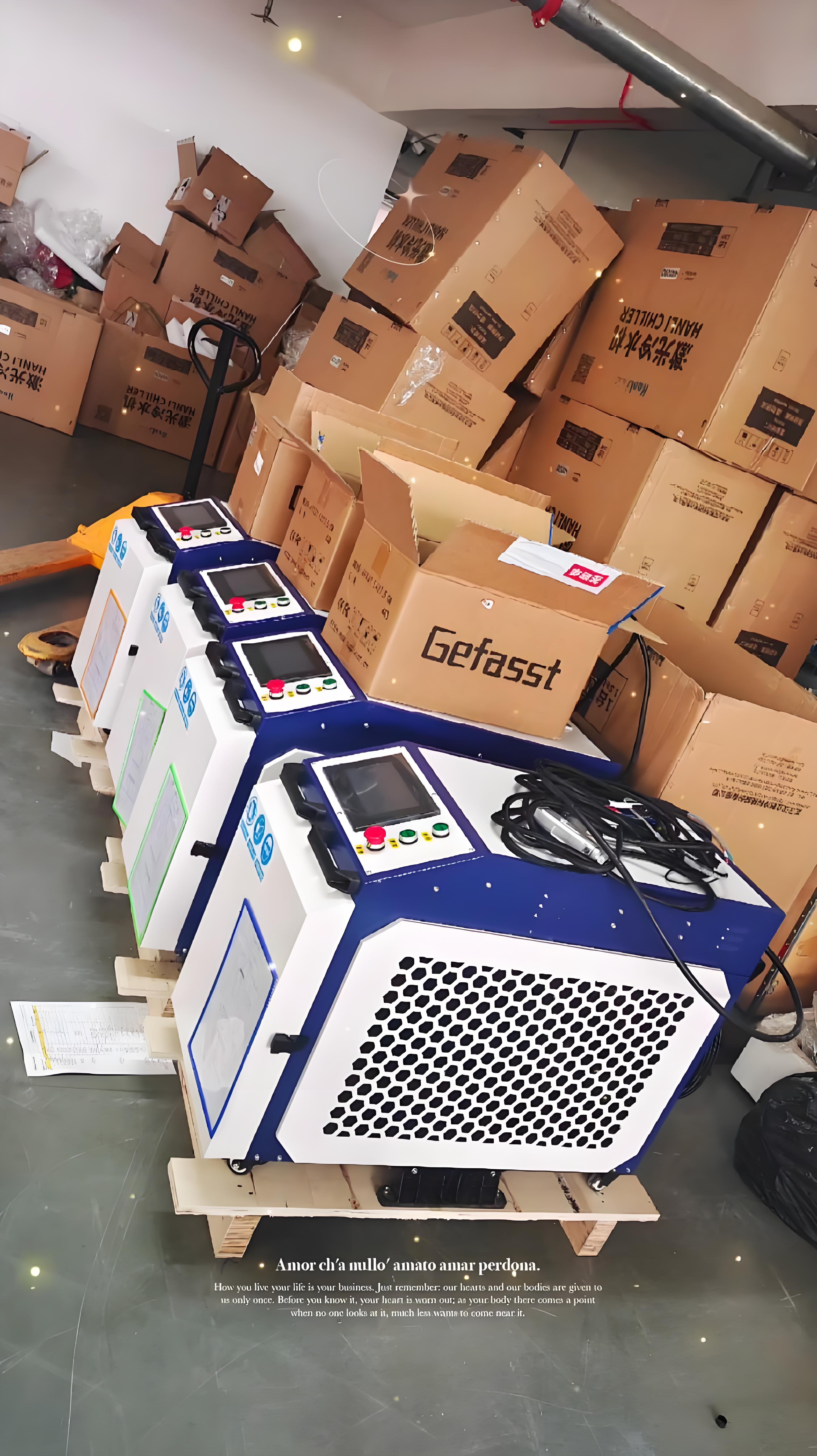
Factors Influencing Noise Levels
Not all laser rust removal machines are created equal, and noise levels vary based on several factors. Here’s what I’ve learned from working with brands like CleanLASER, Laserax, and P-Laser:
1. Power Output
Higher-power lasers (e.g., 500W-2000W) tend to be noisier because they ablate material faster, creating more intense surface interactions. The popping sound from a 1000W laser removing thick rust is noticeably louder than a 100W unit cleaning light oxidation.
What I’ve seen: In a shipyard project, a 1500W laser produced around 70 dB when stripping heavy rust from steel plates, compared to 55 dB for a 200W unit used on thinner metal in a restoration shop.
My insight: If noise is a concern, opt for lower-power units for light tasks or use higher-power systems in short bursts to minimize sound exposure.
2. Cooling System Type
The cooling system is often the primary noise contributor. Air-cooled units rely on fans, which can generate a steady hum of 40-60 dB, depending on fan speed. Water-cooled systems, common in high-power models, use pumps that produce a quieter but constant 30-50 dB.
What I’ve seen: A client using a 300W air-cooled laser in a small workshop found the fan noise (around 58 dB) distracting during long sessions. Switching to a water-cooled 500W model reduced the noise to 45 dB, improving comfort.
My insight: Water-cooled systems are preferable in noise-sensitive environments, but they require more maintenance (e.g., coolant checks).
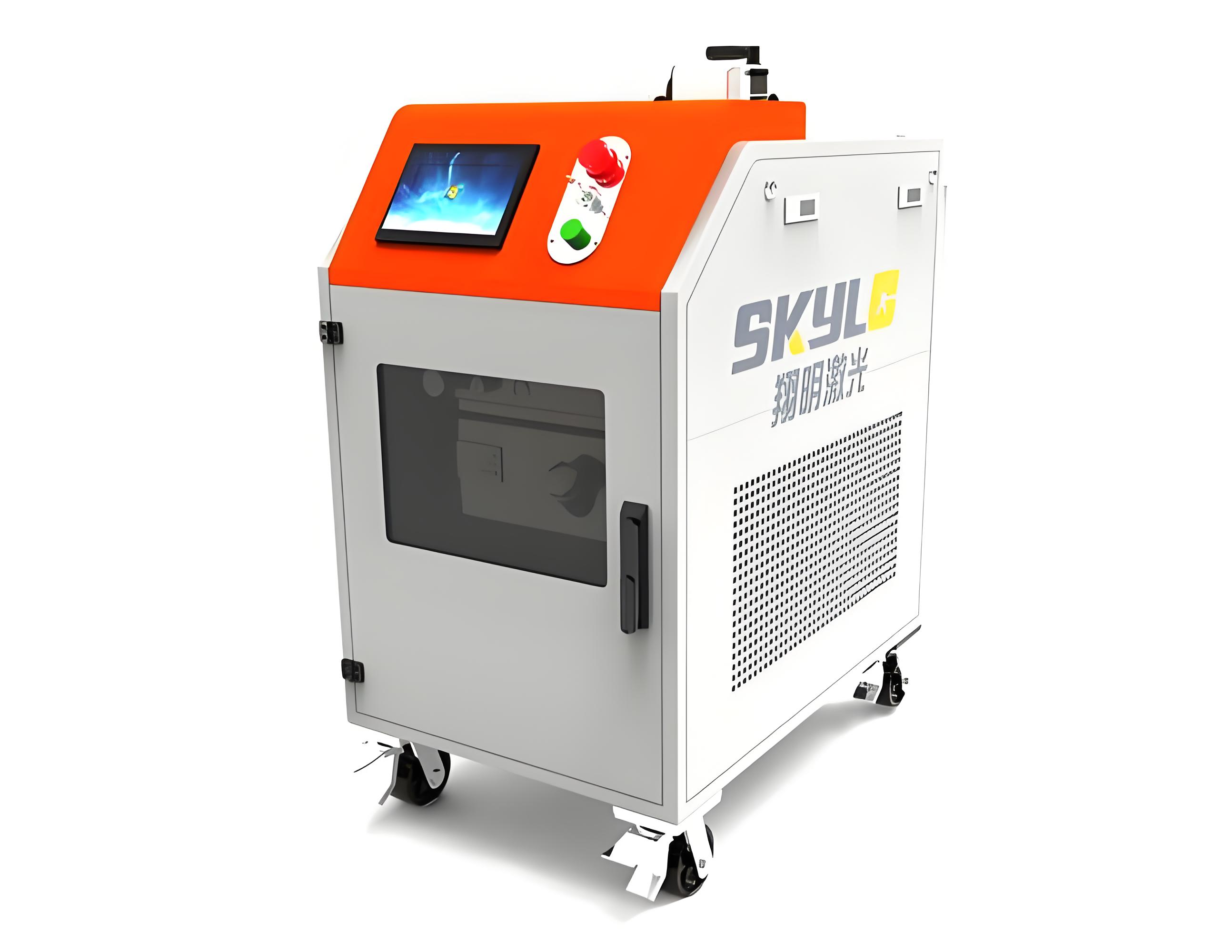
3. Machine Design and Build Quality
Well-designed machines with sound-dampening features, like insulated housings or vibration-resistant mounts, are quieter. Cheaper models often cut corners, leading to louder fans or rattling components.
What I’ve seen: A budget 100W laser I tested had a loose fan cover that amplified noise to 65 dB, while a premium 200W unit from a reputable brand stayed at 50 dB thanks to better engineering.
My insight: Invest in reputable brands with robust builds to keep noise in check. Check reviews or request a demo to assess build quality.
4. Surface Material and Coating
The type of surface being treated affects noise. Thick rust or heavy paint produces louder popping sounds as the laser vaporizes material, while light oxidation is quieter.
What I’ve seen: Removing oil-based paint from a pipeline with a 500W laser generated 68 dB due to intense vaporization, while cleaning light rust from a car frame with the same machine was only 60 dB.
My insight: Test the machine on your specific material to gauge noise levels. Thicker coatings may require ear protection for prolonged use.
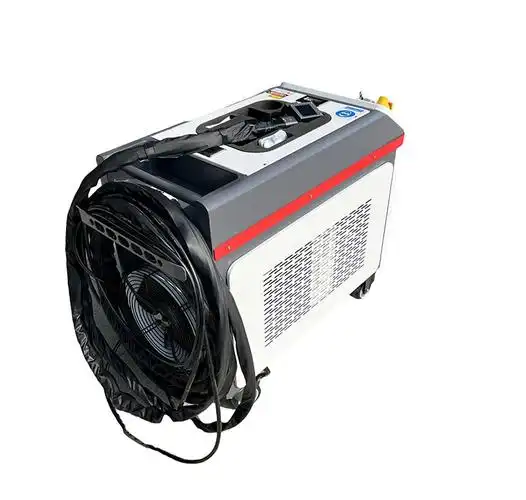
5. Work Environment
The workspace itself amplifies or dampens noise. Hard surfaces like concrete floors and metal walls reflect sound, making the machine seem louder. Enclosed or soundproofed areas reduce perceived noise.
What I’ve seen: In an open warehouse, a 1000W laser sounded louder (72 dB) due to echo, but in a soundproofed booth, it dropped to 65 dB.
My insight: Use sound-absorbing materials (e.g., acoustic panels) or enclosed workstations to minimize noise in reflective spaces.
Comparing Noise to Traditional Methods
To put laser rust removal noise in perspective, let’s compare it to other methods I’ve used:
|
Method |
Typical Noise Level |
Noise Characteristics |
Hearing Protection Needed? |
|---|---|---|---|
|
Laser Rust Removal |
50-75 dB |
Popping, fan hum, or pump noise |
Rarely (below 85 dB) |
|
Sandblasting |
90-110 dB |
Loud, continuous blasting |
Always |
|
Angle Grinding |
85-100 dB |
High-pitched whining |
Usually |
|
Chemical Stripping |
40-60 dB |
Minimal (ventilation fans or manual brushing) |
Rarely |
From this table, it’s clear that laser rust removal is among the quietest options, making it ideal for noise-sensitive settings like museums, residential areas, or indoor workshops.
Practical Tips for Managing Noise
Based on my years of deploying these machines, here are actionable steps to keep noise levels low and ensure a comfortable working environment:
Choose the Right Machine: Opt for water-cooled models for quieter operation in high-power applications. Look for units with sound-dampening features like insulated housings.
Use Lower Power When Possible: For light rust, a 100W-200W laser is quieter and sufficient. Reserve high-power units for heavy-duty tasks.
Maintain the Machine: Loose components or clogged fans increase noise. Regularly clean cooling systems and tighten fittings. I’ve seen a 10 dB reduction after simple maintenance.
Set Up a Quiet Workspace: Use acoustic panels, rubber mats, or enclosed booths to absorb sound. In one project, adding foam panels to a workshop dropped perceived noise by 5-10 dB.
Provide Ear Protection: For high-power lasers or prolonged use, offer earplugs or earmuffs to workers, even if noise is below 85 dB, to enhance comfort.
Schedule Work Strategically: Perform laser cleaning during less sensitive hours if noise is a concern for nearby workers or communities.
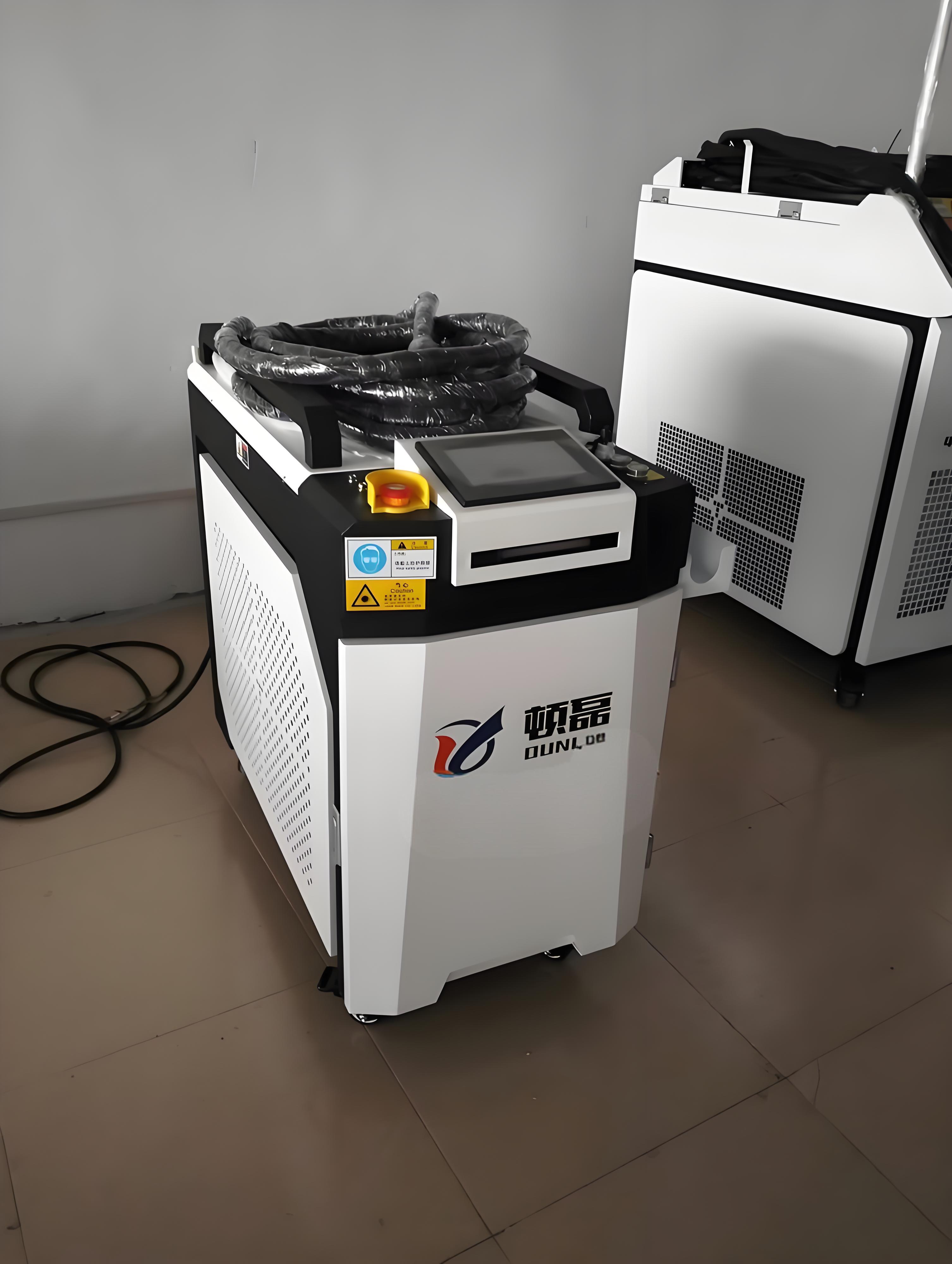
Health and Safety Considerations
While laser rust removal is quieter than most alternatives, noise isn’t the only concern. Here’s what I’ve learned about related safety aspects:
Hearing Protection: For machines exceeding 70 dB during extended use, I recommend earplugs, especially in reflective environments. OSHA guidelines suggest protection for 8-hour exposures above 85 dB, but comfort matters too.
Other Hazards: Lasers produce fumes and dust, requiring proper ventilation or extraction systems. I’ve seen clients pair laser systems with HEPA-filtered extractors to keep air clean.
Operator Training: Teach workers to recognize normal machine sounds versus warning signs (e.g., rattling from loose parts). In one workshop, a trained operator caught a fan issue early, preventing a noisy breakdown.
My Personal Experience: A Restoration Project
A couple of years back, I worked with a vintage car restoration shop that needed to clean rust from a 1950s Mustang frame. They were in a residential area, so noise was a big concern—neighbors had complained about their old sandblaster hitting 100 dB. We chose a 200W handheld laser rated at 55 dB, expecting a quiet operation. The laser itself was barely audible, but the air-cooling fan hummed louder than expected in the small garage, pushing noise to 60 dB. We added rubber mats under the machine and hung acoustic curtains, which brought it down to a comfortable 50 dB. The shop owner was thrilled—not only was the laser quieter, but it also preserved the metal’s integrity better than grinding. This taught me that even low-noise machines need the right setup to stay neighbor-friendly.
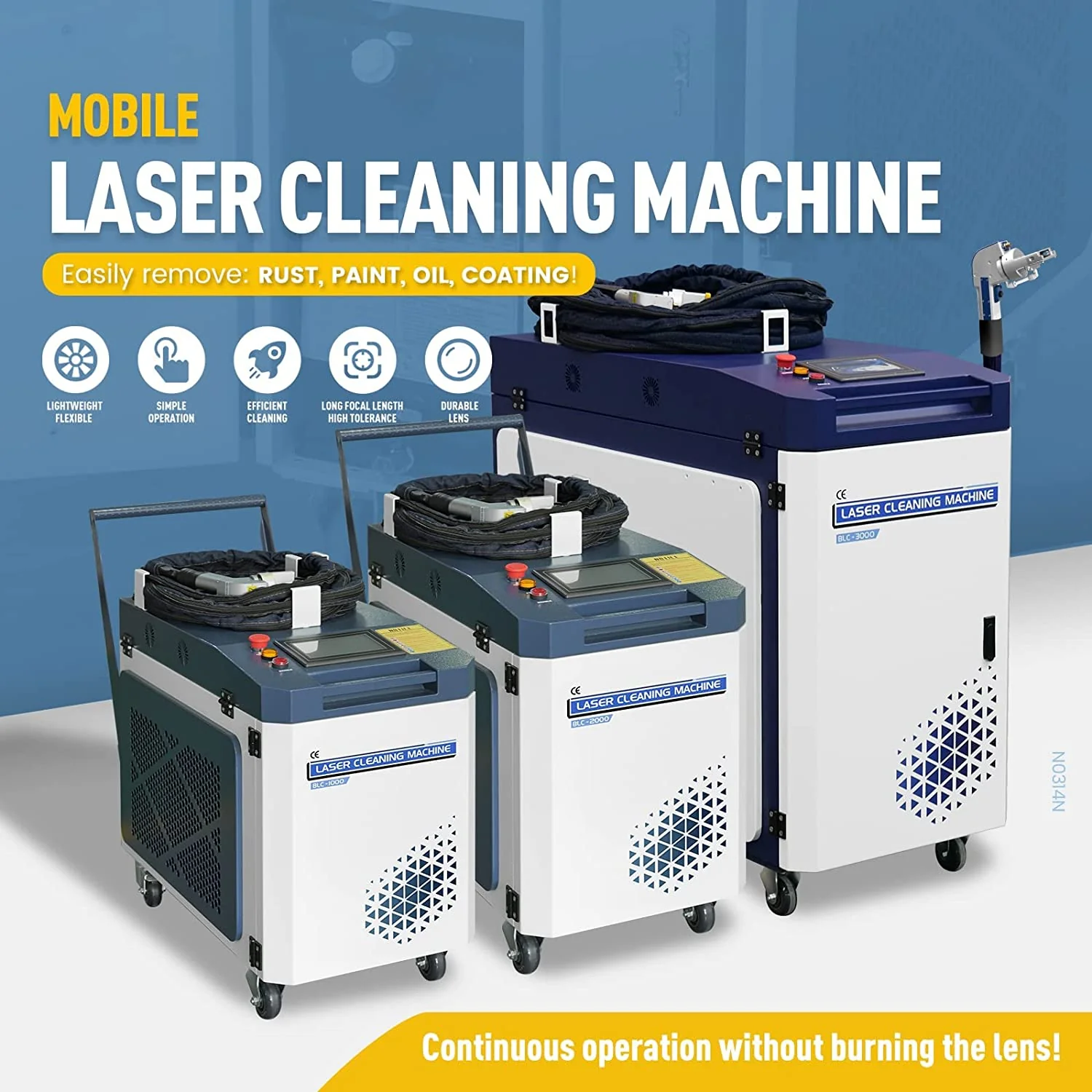
Are Laser Rust Removal Machines Noisy Enough to Worry About?
In my view, laser rust removal machines are among the quietest tools for rust removal, typically producing 50-75 dB depending on power, cooling, and material. Compared to sandblasting or grinding, they’re a dream for noise-sensitive environments. However, factors like high-power operation, air cooling, or reflective workspaces can increase perceived noise, so planning is key.
If you’re considering a laser system, request a demo to measure noise in your specific setting. Manufacturers like Laserax or P-Laser often provide on-site trials, which I’ve found invaluable. Also, factor in maintenance and workspace modifications to keep noise minimal. With the right machine and setup, you can enjoy the benefits of laser cleaning without disrupting your team or neighbors.
Wrapping Up
Laser rust removal machines offer a quiet, precise, and eco-friendly alternative to traditional methods, making them a great fit for diverse settings—from busy factories to residential workshops. While they do produce some noise, typically in the 50-75 dB range, it’s manageable with proper machine selection, maintenance, and environmental controls. My years in the industry have shown that a little foresight—choosing water-cooled models, soundproofing the workspace, and training operators—goes a long way in keeping noise levels low. So, if you’re worried about noise, rest assured that laser rust removers are unlikely to be a problem, especially compared to the roar of older methods.

Related Questions and Answers
Q: How does laser rust removal noise compare to household appliances?
A: A typical laser rust remover (50-75 dB) is similar to a refrigerator (40-50 dB) or vacuum cleaner (60-80 dB). Handheld units are quieter, like a conversation, while high-power systems may approach a dishwasher’s noise level.
Q: Can I use a laser rust remover in a residential area without disturbing neighbors?
A: Yes, most units are quiet enough (50-60 dB) for residential use, especially with soundproofing like acoustic panels or enclosed booths. Schedule work during daytime hours to minimize concerns.
Q: Does the noise from laser rust removal require hearing protection?
A: Rarely, as most machines stay below OSHA’s 85 dB threshold for mandatory protection. However, for comfort during long sessions or with high-power units (70+ dB), earplugs are a good idea.
Q: How can I reduce noise from a laser rust removal machine?
A: Use water-cooled models, maintain fans and filters, and add sound-absorbing materials like foam panels or rubber mats. Enclosed workstations can also cut noise by 5-10 dB.
Q: Are there silent laser rust removal machines available?
A: No machine is completely silent, but low-power (100W-200W) water-cooled units with insulated housings come close, often staying below 50 dB. Check specs and test before buying.

